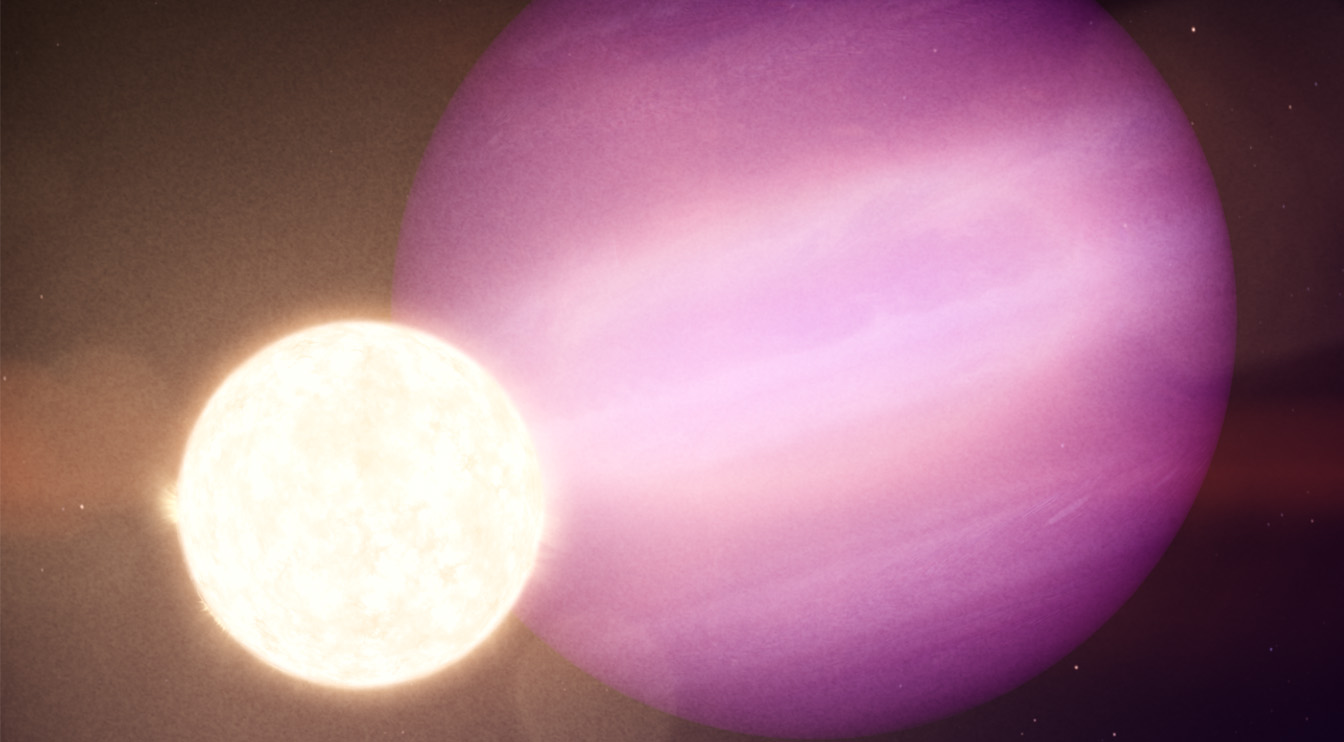[responsivevoice_button rate=”1″ pitch=”1.2″ volume=”0.8″ voice=”US English Female” buttontext=”Story in Audio”]
Scientists Find First-Ever Planet Orbiting Dead Star

Humanity has identified thousands of exoplanets, so you’d think we’ve got a pretty good handle on where to look for them. And yet, the universe keeps surprising us. A new study led by Andrew Vanderburg of the University of Wisconsin-Madison reveals a possible exoplanet some 80 light-years away. The solar system is very strange, though. The planet is orbiting a stellar remnant, a dead star known as a white dwarf. If confirmed, this first-of-its-kind discovery could change our understanding of the stellar life cycle.
The star in question is known as WD 1856, and it was probably somewhat sun-like in the past. When it exhausted its fuel around 6 billion years ago, WD 1856 blasted away much of its mass, leaving an exposed core of super-dense “electron-degenerate matter” that we call a white dwarf. On its way to becoming a white dwarf, WD 1856 would have expanded to become a red giant. Until now, scientists believed any star nearing the end of its life in such a way would have engulfed and destroyed any large planetoids in orbit. Nevertheless, astronomers examining data from the Transiting Exoplanet Survey Satellite (TESS) and ground-based telescopes believe there’s a gas giant orbiting WD 1856.
The team has provisionally dubbed the mysterious planet WD 1856 b. As with many “normal” solar systems, scientists identified WD 1856 b via the transit method. That involves watching a distant star for long periods hoping to catch a dip in luminance. When these dips recur, it can be evidence that an exoplanet is passing in front of the star. That’s the method the Kepler mission used to spot thousands of candidate planets — TESS does the same thing but with a focus on objects within a few hundred light-years.
It’s easier to detect larger exoplanets with quick orbital periods, and WD 1856 b certainly fits that description. Thanks to data from the now-offline Spitzer Telescope, the team is confident this planet is about 14 times more massive than Jupiter, which is already a very large planet in the grand scheme. It orbits WD 1856 every 1.4 Earth days, blocking out almost half of light from the dead stellar core.
This raises the question, how could WD 1856 b have survived the star’s red giant phase? The study gave two possible explanations. One, it might have originally orbited much farther away, but the star’s death disturbed its orbit, causing it to migrate inward. Alternatively, the planet was always close to the star and the expansion just stripped away several layers of its atmosphere. This is a less likely scenario, according to the authors.
To study this bizarre solar system in more detail, we’ll need new instruments like the chronically delayed James Webb Space Telescope (JWST). That telescope may even spot more intact planets orbiting this dead star. If we can find out what happened to WD 1856, it might offer a preview of what our solar system will look like in a few billion years.
Now read:




























